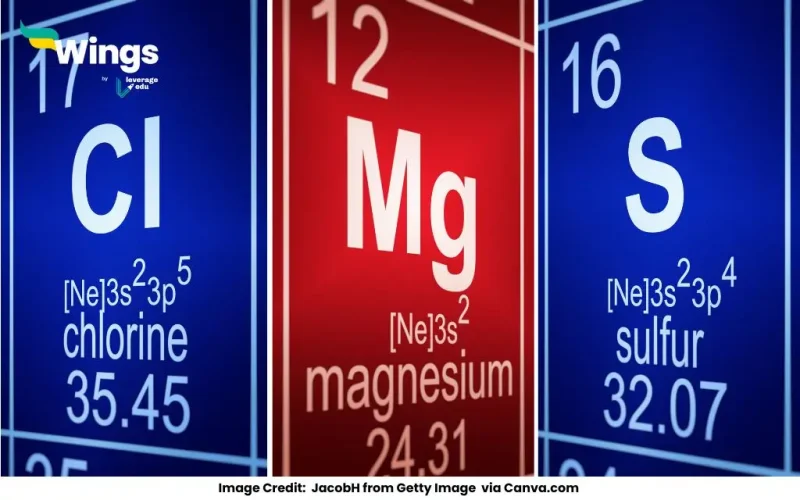The valency of an element refers to its combining capacity, determined by the number of electrons an atom gains, loses, or shares to achieve a stable electronic configuration. The valency of Chlorine (Cl), Sulphur (S), and Magnesium (Mg) can be found using their electronic configurations.
Complete Answer
1. Valency of Chlorine (Cl)
Atomic number: 17
Electronic configuration: 2, 8, 7
Chlorine needs 1 electron to complete its octet (8 electrons in the outer shell).
Valency of Chlorine = 1 (It gains 1 electron to form Cl⁻ in ionic bonding).
Example: Chlorine combines with sodium to form NaCl (Sodium chloride or table salt).
2. Valency of Sulphur (S)
Atomic number: 16
Electronic configuration: 2, 8, 6
Sulphur needs 2 electrons to complete its octet.
Valency of Sulphur = 2 (It gains 2 electrons to form S²⁻ in ionic bonding).
Example: Sulphur forms compounds like H₂S (Hydrogen sulphide) and SO₂ (Sulphur dioxide).
3. Valency of Magnesium (Mg)
Atomic number: 12
Electronic configuration: 2, 8, 2
Magnesium loses 2 electrons to achieve a stable configuration.
Valency of Magnesium = 2 (It loses 2 electrons to form Mg²⁺ in ionic bonding).
Example: Magnesium forms MgCl₂ (Magnesium chloride) and MgO (Magnesium oxide).
Did you know that magnesium burns with a bright white flame? This is why it is used in fireworks and flares! Understanding valency helps in predicting chemical bonding and reactions, making it essential in chemistry.
Common Doubts in Chemistry
 60,000+ students trusted us with their dreams. Take the first step today!
60,000+ students trusted us with their dreams. Take the first step today!


 One app for all your study abroad needs
One app for all your study abroad needs










